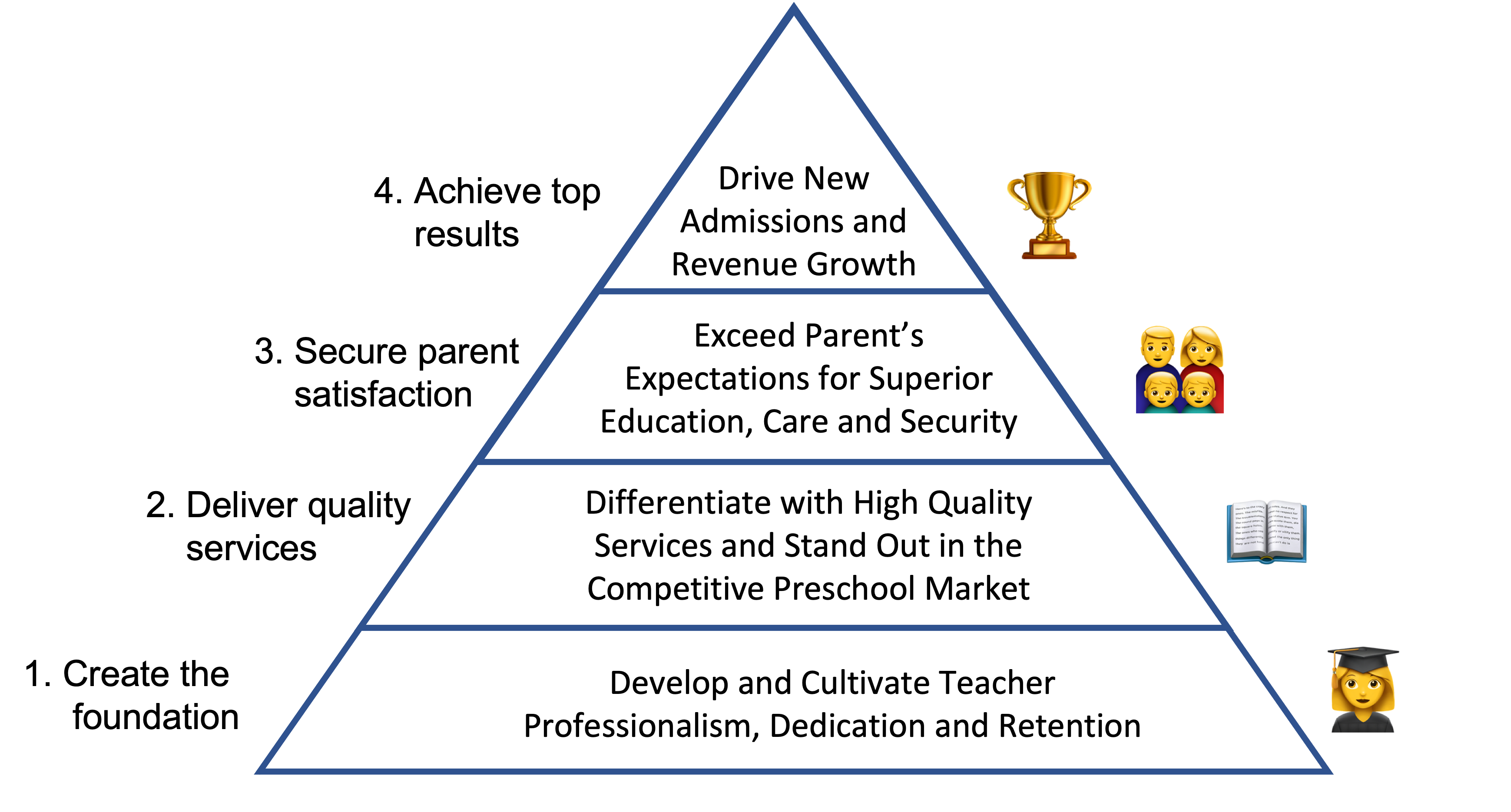Mental health issues in young children are often overlooked, despite the critical role early emotional and psychological development plays in overall well-being. Factors like family dynamics, socio-economic status, and exposure to stressors contribute to these challenges, which can manifest as excessive fearfulness, temper tantrums, difficulty forming attachments, and developmental delays.
.png)
Emotional well-being is crucial for a child's development, affecting their ability to explore, form relationships, and develop cognitive and social skills. Early mental health challenges can lead to ongoing issues in adolescence and adulthood, making early intervention essential.
How to Support Young Children's Mental Health
Creating a Safe and Nurturing Environment
- Stable Relationships: Consistent, caring relationships provide a secure base for children to explore and develop confidence.
- Predictable Routines: Consistent routines reduce anxiety and promote emotional stability.
Promoting Emotional Literacy
- Teaching Emotional Vocabulary: Help children identify and express their feelings through storytelling and open discussions.
- Modeling Emotional Regulation: Demonstrate healthy ways to manage emotions.
Encouraging Play and Physical Activity
- Play-Based Learning: Play supports emotional and cognitive development and helps children express themselves.
- Physical Activity: Regular physical activity reduces stress and improves mood.
Building Strong Social Connections
- Fostering Peer Relationships: Encourage children to form friendships and interact with peers to develop empathy and cooperation skills.
- Involvement in Group Activities: Group activities boost self-esteem and a sense of belonging.
Supporting Parents and Caregivers
- Parental Education: Provide resources and strategies to support children's emotional well-being.
- Parent-Child Interaction: Encourage quality bonding activities.
Early Identification and Intervention
- Regular Screenings: Conduct screenings to identify concerns early.
- Access to Professional Help: Ensure children can access mental health professionals when needed.
The Role of Preschools in Supporting Holistic Development and Mental Health
Preschools play a vital role in supporting children's mental health by providing holistic learning, structured social skill development, and emotional regulation environments.

Click to Watch Video about the Workshops
Kindiedays interactive online workshops support the teacher's professional development and create a high-quality learning environment for children's holistic development.
Conclusion: A Collective Effort for Lifelong Well-being
Supporting young children's holistic development and mental health requires a collective effort from parents, caregivers, teachers, and the community. By creating nurturing environments, promoting emotional literacy, encouraging play, and providing early intervention, we can build a strong foundation for children's lifelong well-being. Together, we can ensure every child has the opportunity to thrive. Sign up for a free consultative call to explore your needs and goals.
SIGN UP FOR A CONSULTATIVE CALL
Happy learning,
Team Kindiedays
.png)
.png)


.png)